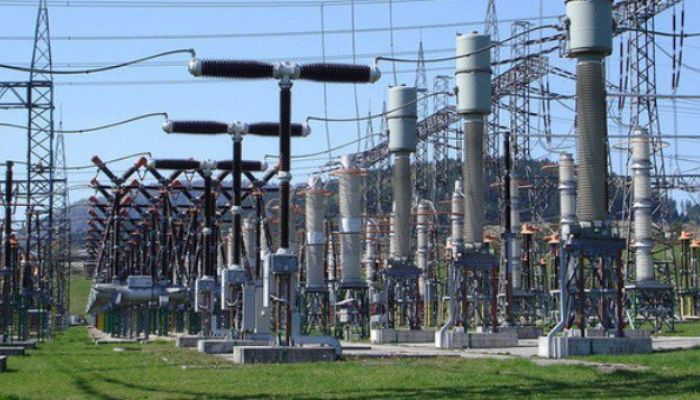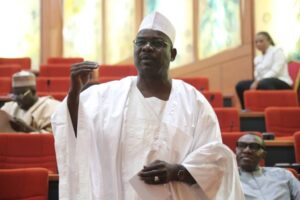On Tuesday, September 19, the national grid failed once more as electricity generation fell from a high of 3,594.60 megawatts (MW) to 42.7MW at noon.
This comes as the federal government’s minister of power, Adebayo Adelabu, pledged on Tuesday to generate 20,000 megawatts of electricity over the following three years.
At mid day, only the 41MW-capable Delta Power plant was running on the grid, while Afam only had 1.7MW.
The whole commercial district of Lagos lost grid power around 11:32 a.m.
But as of yesterday evening at 9.00 p.m., the system had recovered to a maximum of 2,598.90 megawatts produced by 15 power companies.
The system collapsed twice in less than five days, putting the country in complete darkness for more than 12 hours.
A nationwide blackout caused by the failure of the national grid left millions Nigerians without energy.
A comment on the cause of the collapse has not yet been made by the Transmission Company of Nigeria (TCN). However, it is most likely brought on by weak infrastructure, issues with the gas supply, and gearbox system limitations.
Adelabu asserted that the 20,000MW goal will be reached by the Bola Tinubu administration by 2026, despite the fact that the country is still having difficulty maintaining a 4,000MW electricity generation capacity.
Adelabu, who spoke at this year’s Nigeria Energy Summit in Lagos, said he had diagnosed the issues to a large extent, and found out that the solutions were not as difficult as people believe.
He said: “As a politician, a Minister of Power, I also have a limited amount of time to spend, and I must make impacts. I am determined to make impacts. I have diagnosed the issues to a large extent, and I’ve found out that the solutions are not as difficult as we all believe.
“In setting targets for ourselves, we also need to set short-term targets. My own vision is for us to increase the stored capacity of our generation to at least 20,000 megawatts in the next three years. And it doesn’t stop there.
“We should be able to evacuate and transport this power at the minimum of 80 per cent of the stored capacity to the end users of the exchange system.”








More Stories
Teenager in viral photo of Obi’s 2023 presidential campaign rally, Alabi Quadri languishes in jail
Ribadu tells families of kidnapped victims not to pay any ransom
Ndume tackles Tinubu over massive borrowings, lists ‘spurious’ items